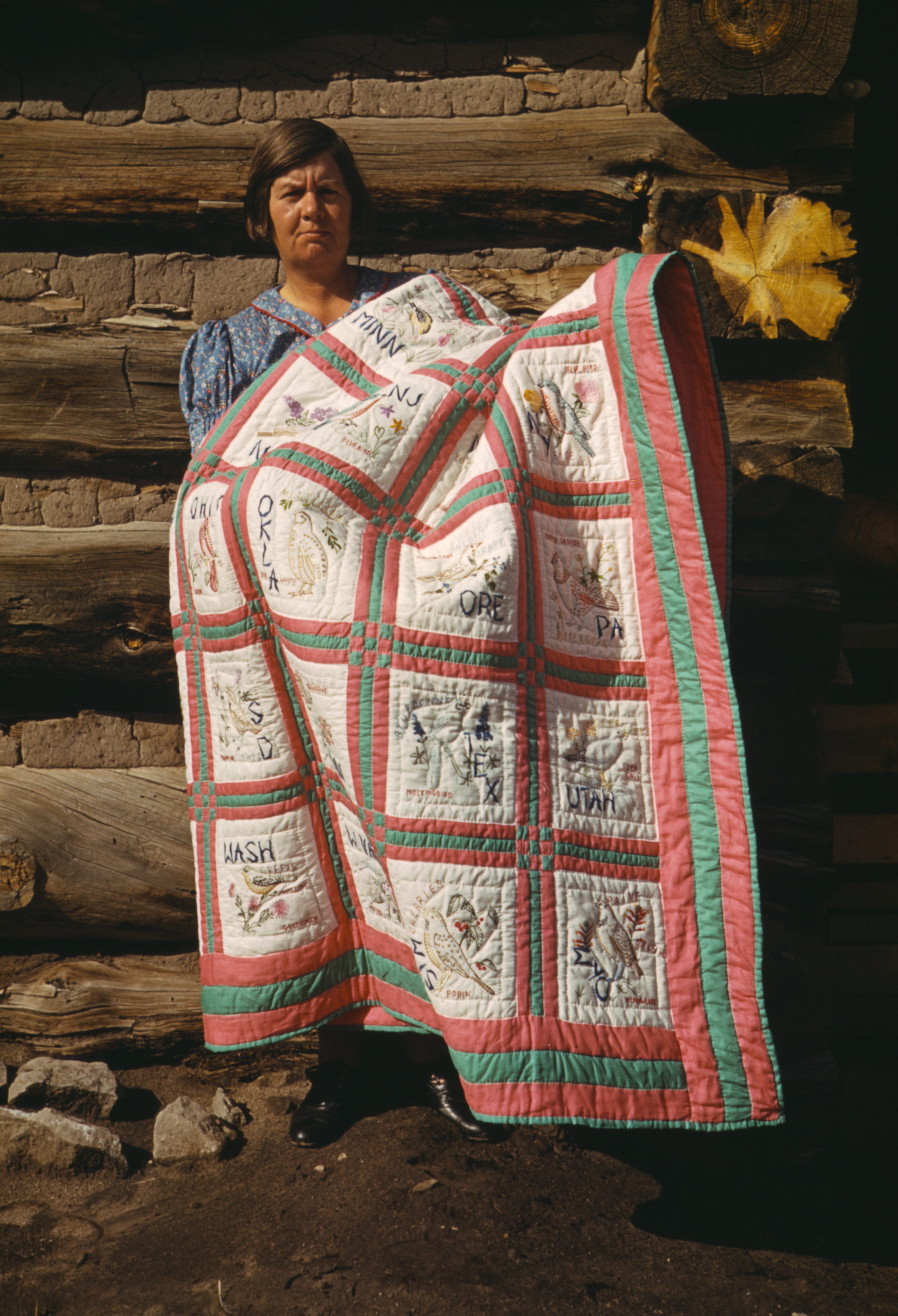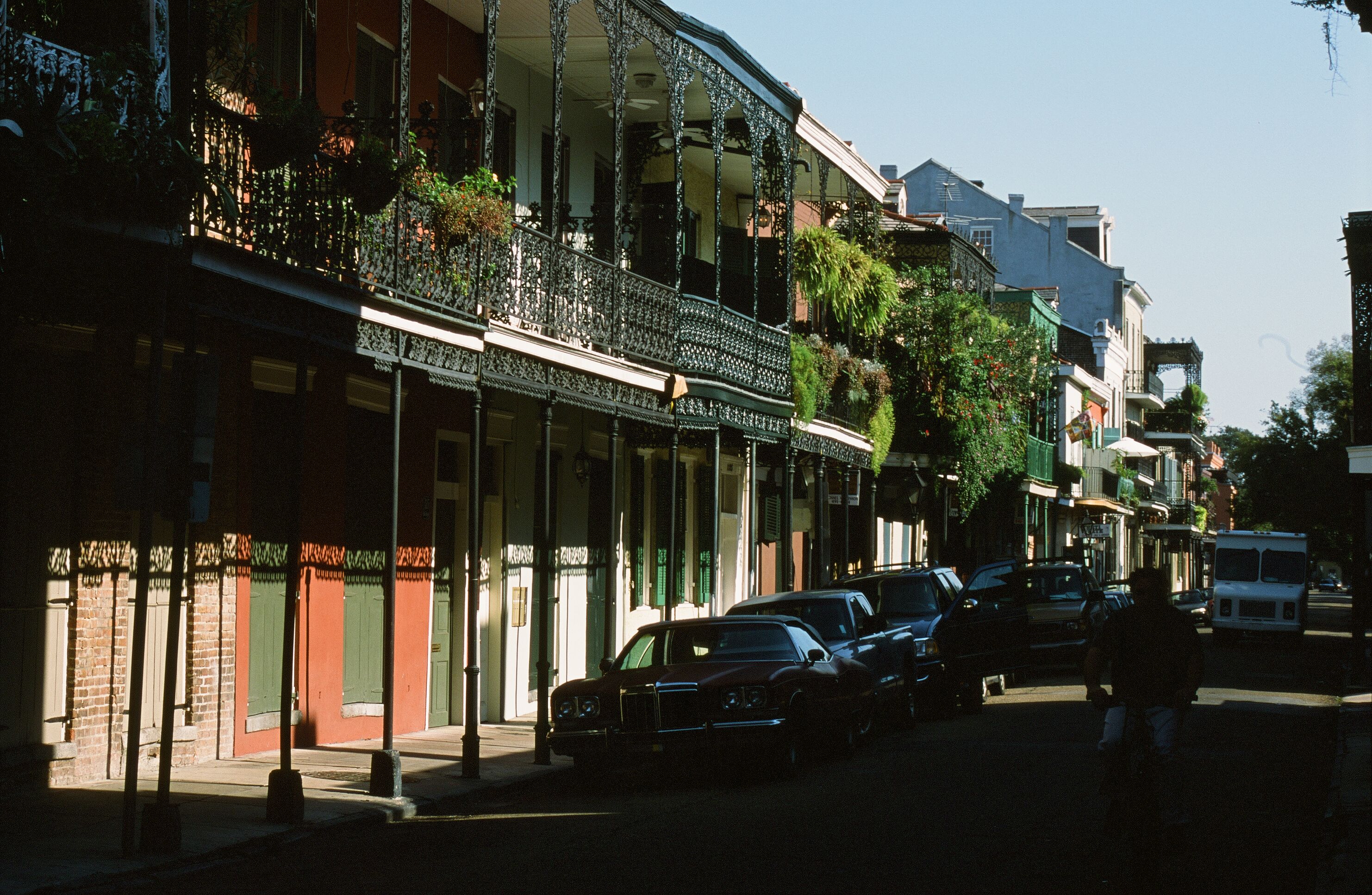|
The East Point Historic Civic Block
The East Point Historic Civic Block consists of three historically significant buildings and one memorial park in downtown East Point, Georgia, and is located within the parameters of East Point Street, Linwood Avenue, Church Street, and West Cleveland Avenue. East Point's City Hall, City Auditorium, New Deal Library, and Victory Park make up the Civic Block, which since 2011 has been the focus of both redevelopment interest and historic preservation efforts. East Point City Hall The East Point City Hall, built in 1930, completed in 1931 in a mixture of Colonial Revival and Antebellum styles, is one of the city's most distinct structures. Its white columned colonnade, sunburst eyebrow dormers, and cupolaed clock tower are displayed on the city's flag and seal. It houses the Mayor's office, original Council chambers, and several other city staff offices. A two-story annex was added to the rear of City Hall in the 1960s, matching the building's red brick construction, but greatl ... [...More Info...] [...Related Items...] OR: [Wikipedia] [Google] [Baidu] |
East Point, Georgia
East Point is a suburban city located southwest of Atlanta in Fulton County, Georgia, Fulton County, Georgia (U.S. state), Georgia, United States. As of the 2020 United States Census, 2020 census, the city had a population of 38,358. The city name is derived from being at the opposite end of the former Atlanta & West Point Railroad from West Point, Georgia, West Point. History The name "East Point" derives from the fact that this is the terminus of the Atlanta & West Point Railroad in the east; West Point, Georgia, is the terminus where the rail line ends in the west. This settlement was founded as a railroad terminus with 16 families in 1870, but grew quickly after it became an inviting place for industry to develop. Soon it boasted the railway, two gristmills, and a government distillery located on Connally Drive. One of the earliest buildings was the factory of the White Hickory Manufacturing Company, built by B.M. Blount and L.M. Hill (who became the first chairman of the ... [...More Info...] [...Related Items...] OR: [Wikipedia] [Google] [Baidu] |
Atlanta
Atlanta ( ) is the capital and most populous city of the U.S. state of Georgia. It is the seat of Fulton County, the most populous county in Georgia, but its territory falls in both Fulton and DeKalb counties. With a population of 498,715 living within the city limits, it is the eighth most populous city in the Southeast and 38th most populous city in the United States according to the 2020 U.S. census. It is the core of the much larger Atlanta metropolitan area, which is home to more than 6.1 million people, making it the eighth-largest metropolitan area in the United States. Situated among the foothills of the Appalachian Mountains at an elevation of just over above sea level, it features unique topography that includes rolling hills, lush greenery, and the most dense urban tree coverage of any major city in the United States. Atlanta was originally founded as the terminus of a major state-sponsored railroad, but it soon became the convergence point among several rai ... [...More Info...] [...Related Items...] OR: [Wikipedia] [Google] [Baidu] |
Quilt
A quilt is a multi-layered textile, traditionally composed of two or more layers of fabric or fiber. Commonly three layers are used with a filler material. These layers traditionally include a woven cloth top, a layer of batting or wadding, and a woven back combined using the techniques of quilting. This is the process of sewing on the face of the fabric, and not just the edges, to combine the three layers together to reinforce the material. Stitching patterns can be a decorative element. A single piece of fabric can be used for the top of a quilt (a "whole-cloth quilt"), but in many cases the top is created from smaller fabric pieces joined, or patchwork. The pattern and color of these pieces creates the design. Quilts may contain valuable historical information about their creators, "visualizing particular segments of history in tangible, textured ways." In the twenty-first century, quilts are frequently displayed as non-utilitarian works of art but historically quilts were ... [...More Info...] [...Related Items...] OR: [Wikipedia] [Google] [Baidu] |
Demolition By Neglect
Demolition by neglect refers to the practice of allowing a building to deteriorate to the point that demolition becomes necessary or restoration becomes unreasonable. The practice has been used by property owners as a means of sidestepping historic preservation Historic preservation (US), built heritage preservation or built heritage conservation (UK), is an endeavor that seeks to preserve, conserve and protect buildings, objects, landscapes or other artifacts of historical significance. It is a philos ... laws by providing justification for the demolition of historical buildings. In order to prevent demolition by neglect, a number of cities have adopted ordinances requiring property owners to properly maintain historical buildings. References {{planning-stub Historic preservation ... [...More Info...] [...Related Items...] OR: [Wikipedia] [Google] [Baidu] |
East Point Preservation Alliance
East or Orient is one of the four cardinal directions or points of the compass. It is the opposite direction from west and is the direction from which the Sun rises on the Earth. Etymology As in other languages, the word is formed from the fact that east is the direction where the Sun rises: ''east'' comes from Middle English ''est'', from Old English ''ēast'', which itself comes from the Proto-Germanic *''aus-to-'' or *''austra-'' "east, toward the sunrise", from Proto-Indo-European *aus- "to shine," or "dawn", cognate with Old High German ''*ōstar'' "to the east", Latin ''aurora'' 'dawn', and Greek ''ēōs'' 'dawn, east'. Examples of the same formation in other languages include Latin oriens 'east, sunrise' from orior 'to rise, to originate', Greek ανατολή anatolé 'east' from ἀνατέλλω 'to rise' and Hebrew מִזְרָח mizraḥ 'east' from זָרַח zaraḥ 'to rise, to shine'. ''Ēostre'', a Germanic goddess of dawn, might have been a personification ... [...More Info...] [...Related Items...] OR: [Wikipedia] [Google] [Baidu] |
Russell High School (East Point, Georgia)
Russell High School was a high school in East Point, Georgia, United States that opened in 1924. Industrialist and philanthropist John J. Eagan donated the land for the school, provided the school was named after his uncle, the late William A. Russell a Confederate general. After Eagan's father died, Russell gave financial and spiritual support to three-month-old John Eagan and his mother (Russell's sister). School history The school closed in 1988 when it was combined with Headland High School (East Point), College Park High School (College Park) and Hapeville High School (Hapeville) to form Tri-Cities High School. At the time of its closing, Russell was the oldest school in the Fulton County system. The schools were merged due to declining populations, and the aging of the communities as North Fulton was exploding with growth at the time.Pointer, vol. 60, p. 10 (1984) When Tri-Cities was under construction, it also came at the cost of the now closed Harris Street Elem ... [...More Info...] [...Related Items...] OR: [Wikipedia] [Google] [Baidu] |
Gypsy Smith Jr
The Romani (also spelled Romany or Rromani , ), colloquially known as the Roma, are an Indo-Aryan ethnic group, traditionally nomadic itinerants. They live in Europe and Anatolia, and have diaspora populations located worldwide, with significant concentrations in the Americas. In the English language, the Romani people are widely known by the exonym Gypsies (or Gipsies), which is considered pejorative by many Romani people due to its connotations of illegality and irregularity as well as its historical use as a racial slur. For versions (some of which are cognates) of the word in many other languages (e.g., , , it, zingaro, , and ) this perception is either very small or non-existent. At the first World Romani Congress in 1971, its attendees unanimously voted to reject the use of all exonyms for the Romani people, including ''Gypsy'', due to their aforementioned negative and stereotypical connotations. Linguistic and genetic evidence suggests that the Roma originated in ... [...More Info...] [...Related Items...] OR: [Wikipedia] [Google] [Baidu] |


